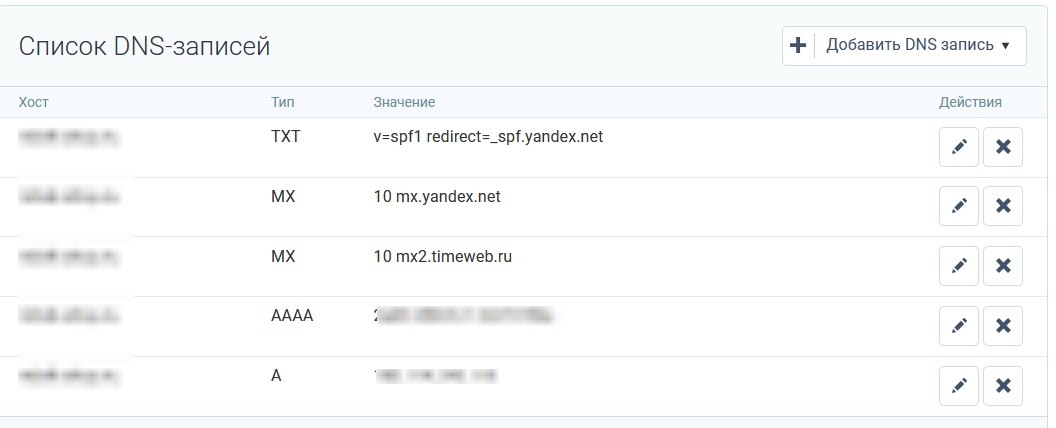надо срочно сюда
что-нибудь добавить
Новинки за декабрь 2025 года: 404 страница и лог ее посещений, Новогодний персонаж, SEO FAQ с поддержкой JSON-LD и Microdata, Коммерческое предложение в PDF.
Каждый месяц мы выкладываем рейтинг продаж и новых товаров, но сегодня захотелось немного разнообразить их и выпустить какие-то другие рейтинги, менее серьезные.

Частая проблема с почтой на собственном домене — это попадание писем в папку «Спам», что снижает вероятность их прочтения клиентами. Для решения этой проблемы важно настроить такие механизмы, как DKIM и SPF, и использовать инструменты, например, Mail-tester и MxToolbox.
1. Что такое DKIM?
DKIM (DomainKeys Identified Mail) — это метод электронной подписи исходящих сообщений, который позволяет получающим почтовым серверам удостовериться в том, что письмо не было подделано или изменено в процессе отправки. Подпись добавляется в заголовок письма, и почтовый сервер получателя может использовать публичный ключ, опубликованный в DNS-записях домена, чтобы проверить подлинность письма.
Преимущества DKIM:
2. Настройка DKIM включает в себя несколько шагов:
1. Генерация ключей DKIM:
Вот пример DKIM подписи у Яндекс360:

2. Добавление DKIM-записи в DNS:
default._domainkey.yourdomain.com IN TXT "v=DKIM1; k=rsa; p=публичный_ключ"
3. Проверка работы DKIM:
3. Настройка SPF
SPF (Sender Policy Framework) — это механизм аутентификации электронной почты, который помогает предотвратить спуфинг (подделку адреса отправителя). Он позволяет серверам получателей убедиться, что письмо отправлено с авторизованного IP-адреса, указанного в DNS-записи домена. Это важно для повышения доверия к вашим письмам и уменьшения вероятности их попадания в папку «Спам».
Как настроить SPF:
yourdomain.com IN TXT "v=spf1 ip4:IP-адрес_вашего_сервера include:_spf.provayder.com ~all"

4. PTR-запись (или Reverse DNS)
PTR-запись — это DNS-запись, которая связывает IP-адрес с доменным именем. Она используется почтовыми серверами для проверки подлинности отправителя. Если сервер получателя не может найти соответствующую PTR-запись для IP-адреса отправителя, это может повысить вероятность попадания писем в папку «Спам». Настройка reverse IP через PTR-запись подтверждает, что указанный IP-адрес действительно принадлежит вашему домену и используется для отправки почты. Чтобы проверить, корректно ли настроена PTR-запись, можно использовать инструменты вроде MxToolbox (читайте о нем ниже), которые предоставляют подробные отчеты и рекомендации по устранению проблем.
5. Что такое Mail-tester и как им пользоваться?

Mail-tester — это удобный онлайн-сервис, позволяющий проверить, как ваше письмо будет восприниматься почтовыми сервисами. Он анализирует письмо и выдает оценку на основе множества факторов, включая DKIM, SPF, наличие текста в письме и многое другое.
Как использовать Mail-tester:
1. Перейдите на сайт Mail-tester.com и получите сгенерированный тестовый адрес.
2. Отправьте письмо с вашего почтового клиента или SMTP-сервера на указанный адрес.
3. Перейдите по ссылке в Mail-tester и получите детализированный отчет с оценкой.
6. MxToolbox: мощный инструмент для диагностики

MxToolbox — это еще один важный инструмент, который помогает диагностировать и устранять проблемы с почтовыми настройками. С его помощью можно не только проверять наличие правильных записей DKIM, SPF и DMARC, но и отслеживать черные списки и проверять состояние почтовых серверов.
Применение MxToolbox:
7. Полезные советы по настройке почты
Правильная настройка DKIM и использование инструментов, таких как Mail-tester и MxToolbox, значительно повышают шансы ваших писем попасть во «Входящие» получателей. Эти меры помогают улучшить репутацию домена, обеспечивают надежность и безопасность ваших рассылок, а также создают положительный пользовательский опыт для клиентов.